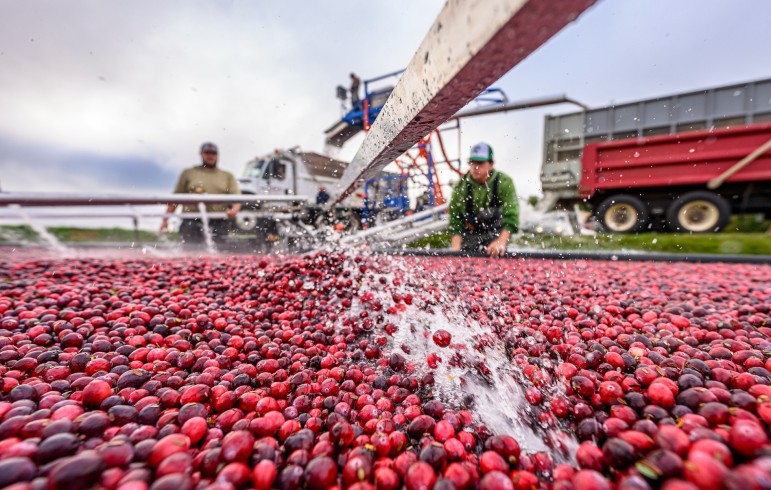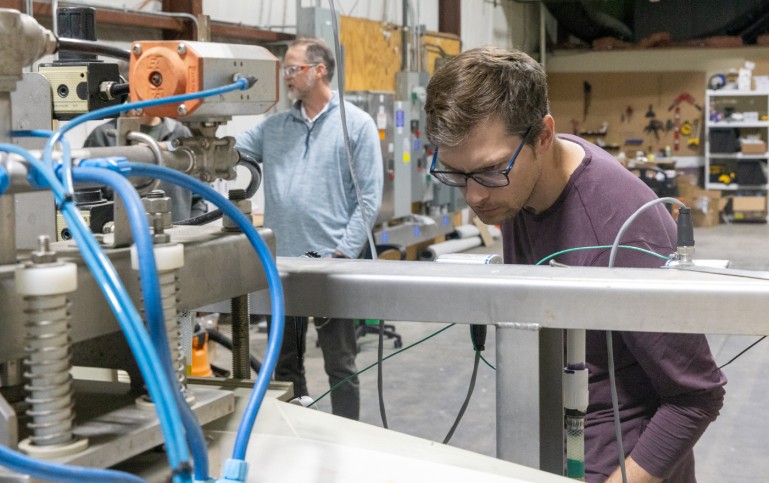For many people who are homeless or members of underserved populations, cell phones are a lifeline; a phone may be their only way to keep in touch with distant friends and relatives, schedule medical appointments and job interviews, and deal with emergencies.
Researchers from the University of Wisconsin–Madison, Penn State, and the University of Illinois Chicago will use a $2.3 million grant from the Department of Energy (DOE) to develop a carbon-negative replacement for portland cement, turning the widely-used and previously carbon-intensive building
The Wisconsin Energy Institute's outreach team joined groups from across campus for a Saturday of science exploration at the Kujichagulia Center for Self-Determination's Juneteenth celebration on June 18 at Penn Park in Madison.
What does it mean to foster an environment that truly feels welcoming? For Yiying Xiong, associate director of the Great Lakes Bioenergy Research Center, it all comes down to treating a team of coworkers like they are part of a family.
If you take an atom that’s just floating through space, spin it around at a really high temperature, and – pow! – smash it together with another atom to make a big nucleus, you end up with a bigger, more powerful, and stronger atom. In the meantime, there's a big release of energy that we can theoretically capture and turn into electricity. The problem is, it's really hard to keep the reactions going while capturing the energy that this powerful punch produces.
Grace Bulltail, a professor in the University of Wisconsin–Madison’s Nelson Institute for Environmental Studies, is among those appointed to serve on a commission focusing on addressing violent crime within Indian lands and against American Indians and Alaska Natives.
“We know more about Saccharomyces cerevisiae, or brewer’s yeast, than just about any other organism,” says Francesca Gambacorta, a graduate student in Brian Pfleger’s lab at the Great Lakes Bioenergy Research Center.



